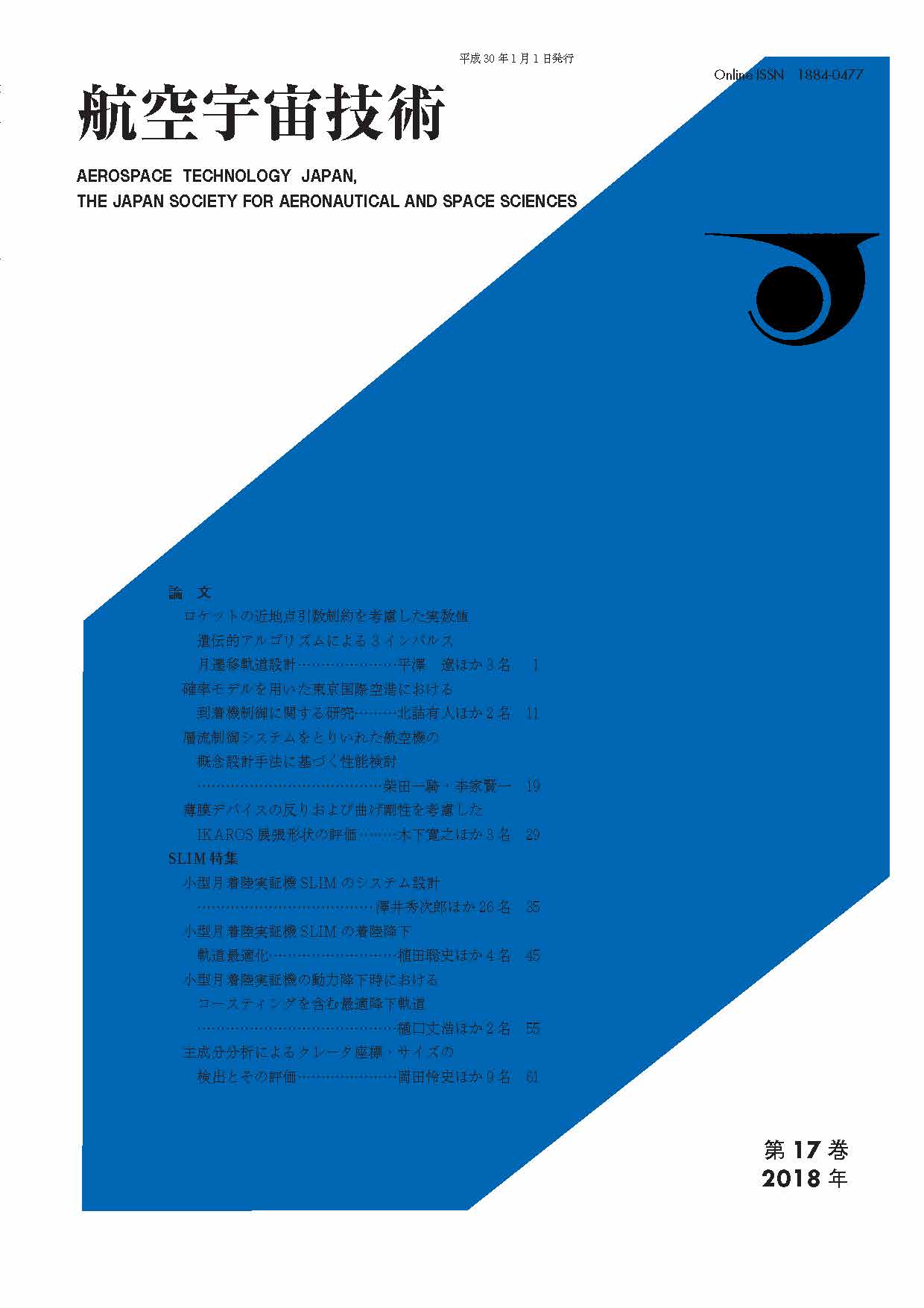最新号
選択された号の論文の4件中1~4を表示しています
- |<
- <
- 1
- >
- >|
-
原稿種別: 論文
専門分野: 宇宙システム・技術
2009 年 8 巻 p. 1-7
発行日: 2009年
公開日: 2009/02/11
PDF形式でダウンロード (705K) -
原稿種別: 論文
専門分野: 構造
2009 年 8 巻 p. 9-14
発行日: 2009年
公開日: 2009/06/06
PDF形式でダウンロード (4026K) -
原稿種別: 論文
専門分野: 機器・電子情報システム
2009 年 8 巻 p. 15-21
発行日: 2009年
公開日: 2009/08/05
PDF形式でダウンロード (429K) -
原稿種別: 論文
専門分野: 宇宙システム・技術
2009 年 8 巻 p. 23-30
発行日: 2009年
公開日: 2009/11/05
PDF形式でダウンロード (768K)
- |<
- <
- 1
- >
- >|
